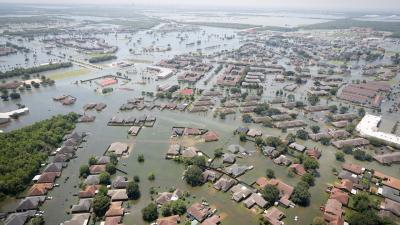Depuis quelques années, je suis sollicité pour arbitrer des articles scientifiques dans divers domaines. Ce matin, j’ai reçu ce rapport en provenance de l’éditeur d’une revue scientifique au sujet d’un article que j’ai arbitré il y a quelques mois.
Abonnez-vous à notre infolettre!
Pour ne rien rater de l'actualité scientifique et tout savoir sur nos efforts pour lutter contre les fausses nouvelles et la désinformation!
De façon générale, mes conclusions sont similaires à celles des autres arbitres. Cette fois, c’est comme si nous vivions dans des univers parallèles ou que nous n’avions pas lu le même article! Cependant, les fautes d'orthographe étant les mêmes que dans l'article que j'ai eu en main, nous avons lu la même chose.
Ceci est un bel exemple de trous qui peuvent se former dans le processus de revue par les pairs. Normalement, les rapports d'arbitre sont secrets, mais je pense qu'il est éthique de tordre un peu le protocole tout en préservant l'anonymat des acteurs à des fins pédagogiques.
Je vous laisse juger pas vous-même!
(Veuillez excuser l’usage de l’anglais et les nombreuses fautes de syntaxe, grammaire et orthographe qui en découlent.)
Arbitre #1:
I have read carefully the article "X" by Y & Z. Following this review, these are my comments:
The article is divided in two sections. The first one is a bibliographic analysis of the scientific literature on "energy and security". To my knowledge, this is the first time it is used in the energy research field. The method used by the authors to extract clusters is very standard for network analysis. However, no background information is given on this algorithm and its others applications. Since, this is at the core of the analysis further discussion should be added.
The authors have claimed they have searched the literature between 1948 and 2012 for the "energy and security" keywords. It is obvious that the sudden increase in the number of publication past 2005 is an artefact of the database used and not a true increase in interest into this topic. Indeed, following each oil shock energy security was a strong concern. This was validated with a rapid check with the Google scholar database. Due to this strong bias, only the period between 2005 and 2012 should be used in the analysis. In consequence, any claim of a temporal change in focus of the literature is meaningless. In addition, I note that random fluctuation can easily explained the apparent variation of the number of papers published.
The explanation of figure 3 (lines 320–224) is meaningless since no explanation on how the x-axis (degree of ambiguity) is calculated. This section seems to come from nowhere.
The second section of the article is related to the five layers of energy supply chain and their relation to the energy security. The authors claim at the line 335–336 that their analysis clearly shows the existence of these five layers. However, there is no discussion of this concept before this line in the text with the exception of a reference to table 3 and figure 4. According to the text, these five layers come essentially from the IEA Energy Balance methodology (lines 370–385). The accompanying text is a patchwork of papers that bring very little to the understanding of the concept.
In conclusion, there is no indication that the research topics have shifted and no demonstration that the bibliometric analysis demonstrates the ambiguity of the concept of energy security (Actually, anyone who has read the scientific literature would have comes to the same conclusion). The existence of four perspectives and five supply chain layers reflects only the authors’ interpretation and integration of previous work.
In my opinion, while the bibliometric analysis is an original and a worthwhile approach, much of the claimed results are unsubstantiated. The impact of the shortcoming on the various conclusions is very important and unlikely to be solved by a major revision. In consequence, my recommendation is to reject this paper .
Arbitre #2: This article is well written, both stylistically and technically, and overall very enjoyable to read. The topic is timely and relevant, and the approach and results interesting. The work provides an insightful look into the complexity, breadth, and reach of the topic.
A couple of minor grammatical corrections noticed.: Pg 12 line 248, ''which'' should be ''that'' pg 15 line 338, ''nergy'' should be ''energy''
-------------------------------------------- Some of the following papers might be useful:
Suit une liste d'articles qui n'ont pas de lien direct avec le sujet de l’article à réviser!
Ajout de 17 janvier 2014
Cette histoire finie bien, vous pouvez en voir la suite dans ce billet.











